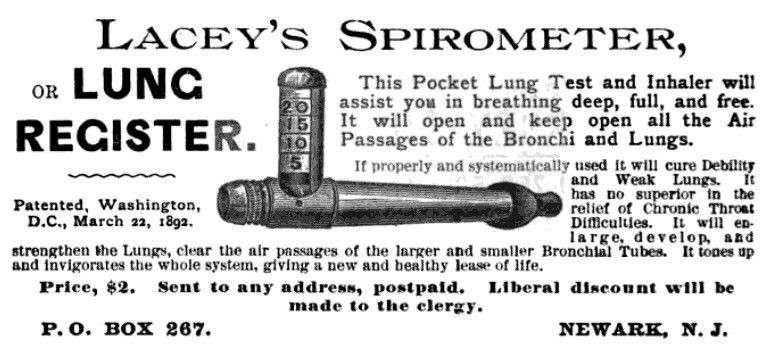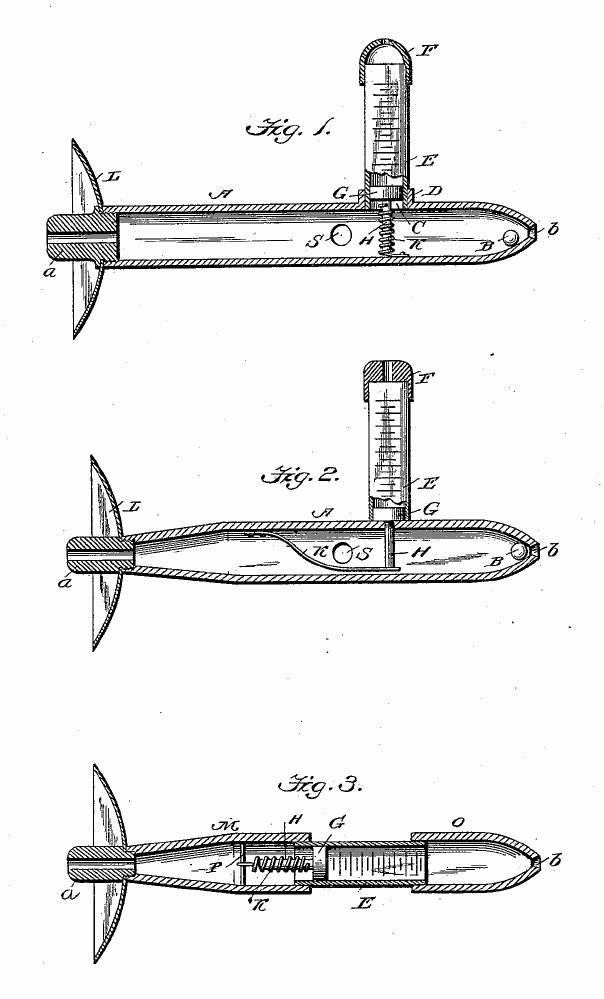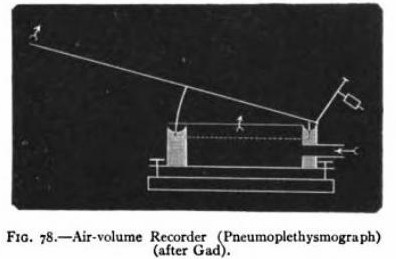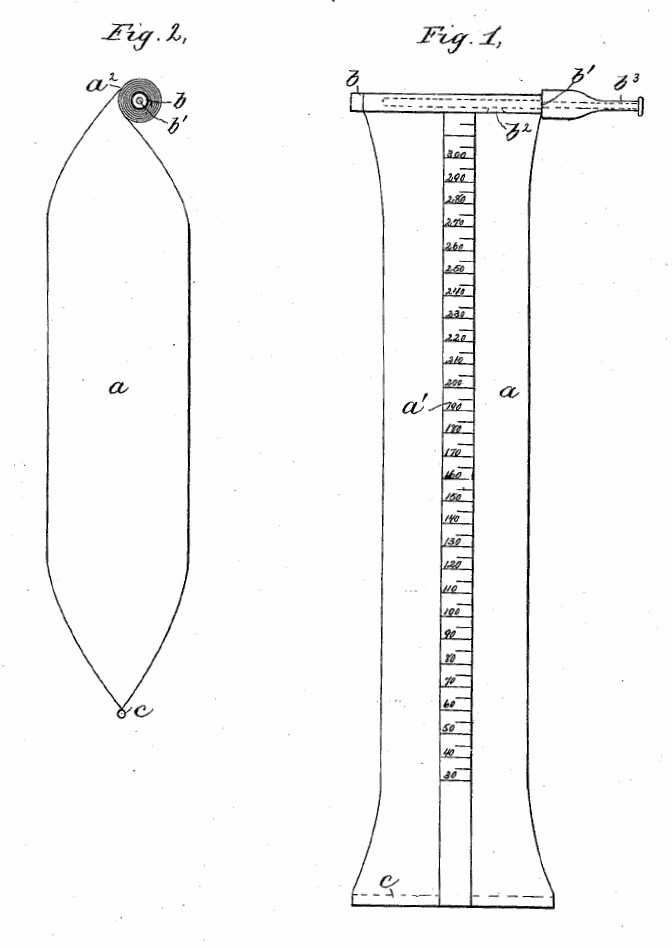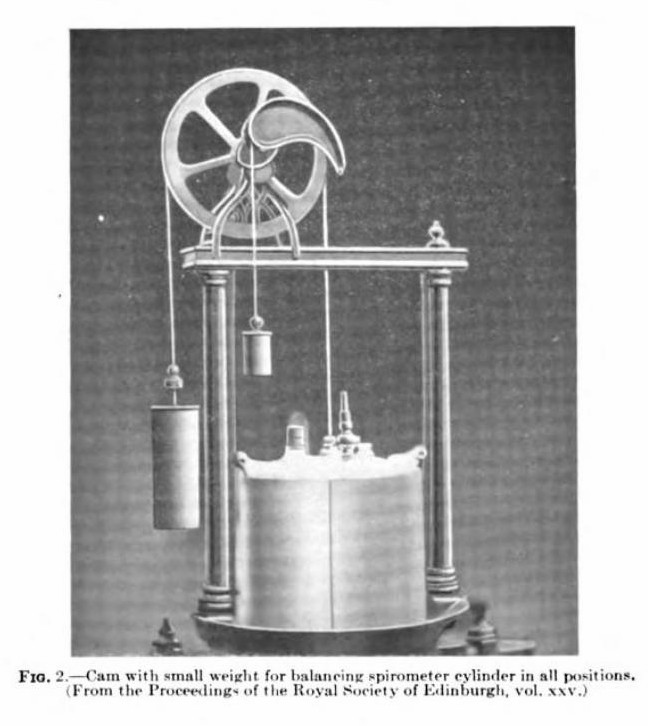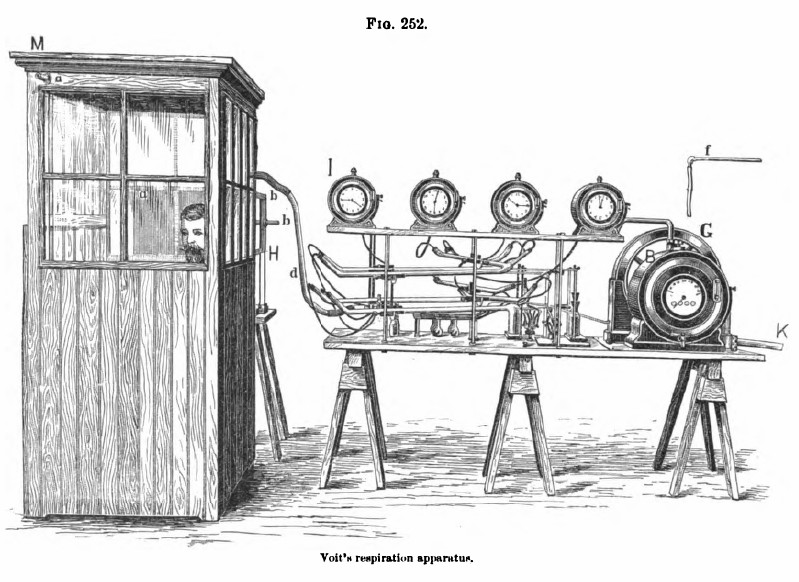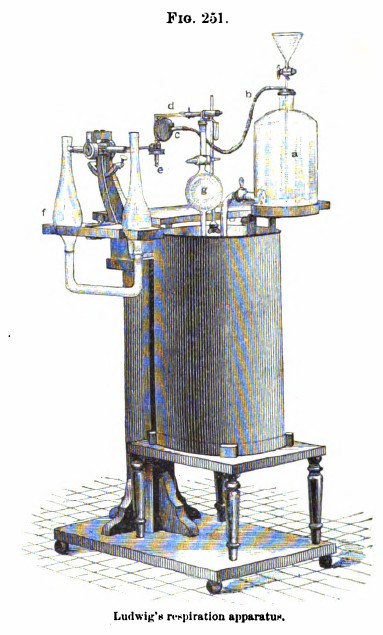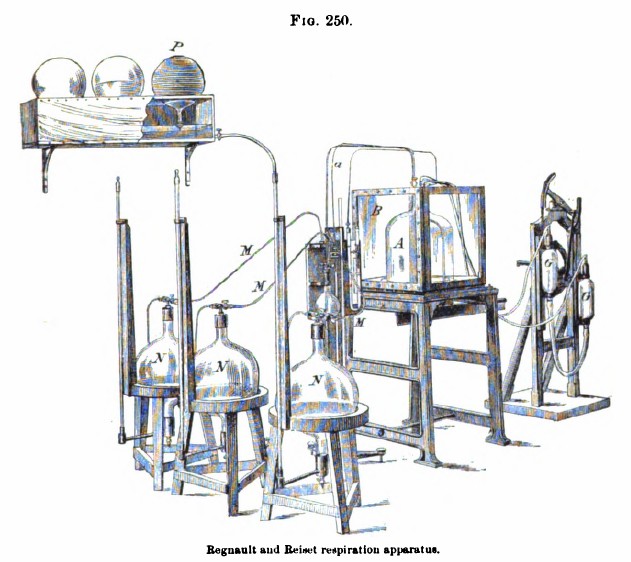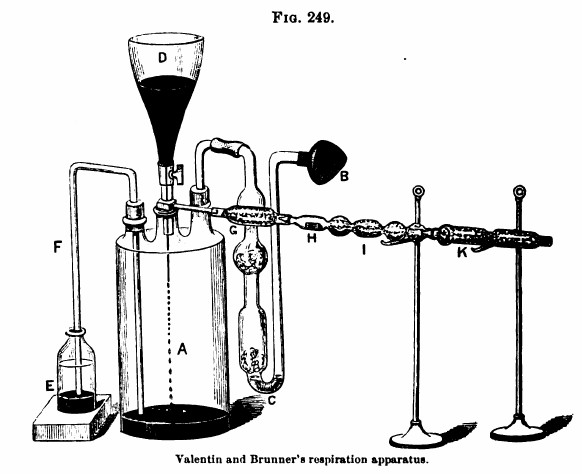From Patent number 3,081, 766 granted March 19, 1963 to B. Dubsky et al. A combination of mechanical and electrical components. It was likely never manufactured.
“..it is an object of this invention to provide an open circuit spirometer for measuring both the quantities of air that are inhaled and exhaled by the subject or patient and the rates at which the air is inhaled and exhaled, without requiring the use of an air or oxygen container.
“Another object is to provide an open circuit spirometer that is constructed and arranged so that those parts with which the patient or subject comes into contactmay be conveniently and effectively sterilized.
“A further object is to provide an open circuit spirometer of relatively small size and weight so that it is conveniently portable and therefore may be used in laboratories and health centers, as well as at the bedsides of patients in a hospital.
“Still another object is to provide an open circuit spirometer in which the moving parts thereof have a negligible inertia, thereby to provide measurements of the respiration of a patient or subject with an increased accuracy.
“In accordance with an aspect of this invention, the foregoing objects are achieved by providing a spirometer comprising an open-ended conduit with a mouthpiece at one end through which the patient or subject inhales and exhales, two Pitot tubes disposed in the conduit and respectively opening axially toward the opposite ends or” the latter, a substantially closed chamber having a movable torsional body, a source of alternating current connected with the exciting winding so that torsional stressing of the body causes a signal voltage to be induced in the pick-up winding, and indicating or recording means connected to the pick-up winding so as to be actuated by the signal voltage.
“In a preferred embodiment of the invention, the signal voltage from the pick-up winding or coil is fed to an amplifier having a feed-back circuit and a non-linear resistor arranged so that the output from the amplifier is proportional to the square root of the input or signal voltage from the pick-up coil, and therefore proportional to the square root of the difference between the pressures sensed by both Pitot tubes which corresponds to the speed of movement of air through the conduit during inhalation or exhalation by the patient. Further, the output from the amplifier is fed to the control winding of a two-phase asynchronous servo-motor which suitably drives a carriage or movable support carrying a pencil or stylus engaging a strip or web of recording paper that is suitably displaced in the direction at right angles to the direction of movement of the carriage so that the position of the carriage, and hence of the stylus on the recording paper, is proportional to the quantity of air flowing through the conduit.”

